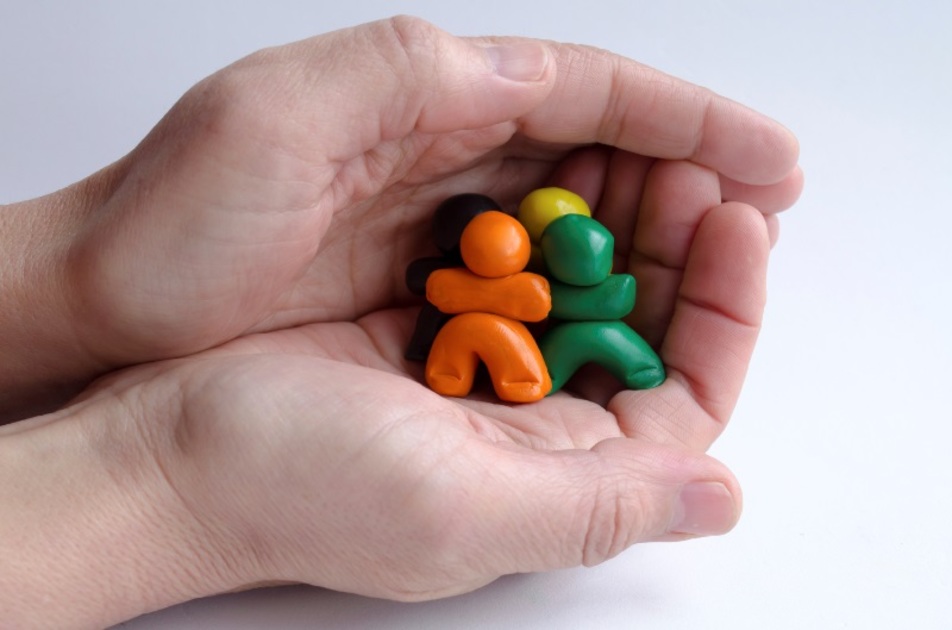The Role of Reliability
Children need to grow up in a world where they can depend on the fact that the home, people, and basic circumstances that they go to sleep with at night will be there in more or less the same way the next morning. Life needs to be dependable in order to feel safe. While the nature of life is that often the exact opposite is true- that our world is a precarious one that can yield devastation and change in the blink of an eye- nonetheless, as an ideal for parents and teachers to strive for, the importance of creating rhyme, rhythm, and dependability is a goal that is so important. Children feel safe when the pieces of their lives have order. When children know that within a given range, they can expect their parents or caregivers to be of a certain temperament, they feel safe. When a child comes home and doesn’t know whether or not his or her parents will be sober, present, or otherwise engaged, their world becomes mistrustful and fear and insecurity set in. Consistent and dependable relationships also sow the seeds that empower our children to develop nurturing and sustaining relationships as they grow.
The same holds true with discipline. Children learn to understand and respect limits and values when they know their actions will consistently yield similar results. A father who lectures his child about speaking respectfully to his mother, but then speaks derisively about his spouse has been inconsistent. His child learns that it is ok to say one thing and do another. That child has imbibed the lesson that being mistrustful is tolerable. When imbibing such a lesson enough times, the child becomes mistrustful and will now live in a frightening world where one can never truly believe what is good and real and what is not.
This brings to mind a young four year old named Sarah, one of the beautiful children under my care in the foster care system. Sarah astounded her teachers almost daily with bizarre behavioral shifts that heightened in its intensity over the course of the day. Sarah’s teachers were flummoxed by the fact that she came to school every day in a positive and optimistic mood and with appropriate behavior. With consternation they noted how as the day progressed, Sarah became emotionally dysregulated, disruptive, and unsettled. By the time the school day was over, she could barely be contained.
The pre school faculty eventually discovered that Sarah’s mom suffered from a personality disorder that rendered her moods and behavior impossible to predict from one day to the next. As the hours crept ever closer to her daily homecoming, Sarah began to angst over what kind of mommy would be welcoming her back home. Would it be the loving and kind spoken mom whose welcome home smile was given with a nourishing plate of homemade cookies and milk? Or, as so often happened, would her mom be subsumed by the invasion of her own demons and morph into a hallow shell of what she could be; untouchable, cold and alone, and in a state of despondency that sucked and crushed her daughter’s joy out of her with its seemingly bottomless depth.
When authorities discovered allegations of severe physical abuse and chronic neglect, Sarah and her siblings were mandated into foster care, an order of protection was levied against her parents, and a new life for Sarah began.
Throughout it all, Sarah’s bastion and place of safety was her play group. She thrived on the dependability of knowing exactly where she had to be every moment of the day and in the basic knowledge of what was in store.
It’s all in the attachment
John Bowlby and Mary Ainsworth were two of the great researchers and promulgaters of Attachment Theory. They brilliantly liken a baby’s world and its relation to its primary caregiver to a ship moored to its anchor. As a ship is at home in its dock, a baby in its earliest stages feels safest when it is close to its primary caregiver. Accordingly, leaving the comforting zone of the parent’s proximity is a venture fraught with risk for the young child. As a baby steps out into the world (i.e., a few steps away from his mommy), its sense of safety will be commensurate with the feeling and knowledge that his island, his caregiver, will be there when he returns. When indeed the caregiver is present, the child learns to trust and is then ready to venture further away with the knowledge that his caregiver will still be there waiting for him when comes back. Hence, from a very young age, a child learns to trust.
On the flip side, when baby ventures back and the primary caregiver is not present, his world has been shaken and anxiety and fear set in.
Hence, in summary, we do our children a service when we stick to our guns. We enable them to be nobler people when we show them that our values are worthwhile through insisting on them time and time again- so long as we are delivering those values in a palatable way. And ultimately, when we show our children that we are there for them through thick and thin, we give them the gift of self confidence and the sweet salve which is the knowledge of being loved- this they then turn and proffer the same gifts to others thereby uplifting so many other worlds along with them.

 Previous
Previous

